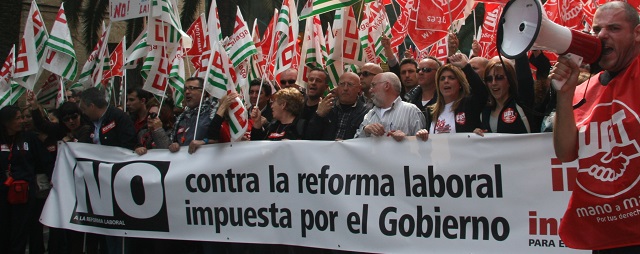1.3 billion people are surviving on less than 1.25 dollars a day and all are living in developing countries, alarming figures only partially alleviated by the downward trend despite the crisis in developed countries. Since the early 1980s, 600 million people have managed to escape poverty, reducing the percentage of the world’s population living under extreme conditions from 42% to 19%.
To a great extent, this considerable advance has occurred in the main emerging countries, China, India and Brazil. The recipe: sustained high economic growth and redistribution programmes aimed at the most vulnerable population. However, in spite of this improvement, these three countries still account for 50% of the population in extreme poverty.
Developed countries provide the other side of the coin. Here extreme poverty is practically non-existent but the economic crisis has meant that an increasing number of people do not have enough resources to live in line with the standards of living of the population as a whole. The fine distinctions, however, are relevant.
In the United States, for example, the recession has hit people hard but the rise seen in poverty is similar to the one in the recessions of the 1980s and 1990s, episodes which were clearly less severe than the current crisis. In this respect, the different social programmes implemented have been crucial to curbing the increase in poverty.
Social programmes in countries of the European Union have also played a very important role, helping to maintain the percentage of the population at risk of poverty or social exclusion practically stable throughout the crisis. This figure, however, masks a highly disparate trend between countries. Wherever activity has fallen the most, such as in Greece and Ireland, the increase in poverty has been significant.
In Spain, economic deterioration has also affected the population’s living conditions. The percentage of citizens with incomes less than 60% of the median, known as the at-risk-of-poverty rate, has risen by two percentage points compared with the pre-crisis levels, up to 21.8%.
Behind this rise there is considerable divergence between segments. The elderly are withstanding the battering of the crisis relatively well and their at-risk-of-poverty rate has actually fallen over the last few years. But their grandchildren aren’t so lucky. The at-risk-of-poverty rate among those aged under 18 rose between 2007 and 2011 by more than four percentage points to 28.6%.
However, both for the population as a whole and in particular for the child population, basic needs are relatively well covered in Spain. In terms of the severe material deprivation rate produced by Eurostat, the country has one of the lowest levels in the European Union. This shows that the Spanish welfare state is working well in spite of the severity of the crisis, as well as demonstrating the key role played by the country’s fabric of social organisations and associations.






Be the first to comment on "The triumph of Spain’s welfare state"